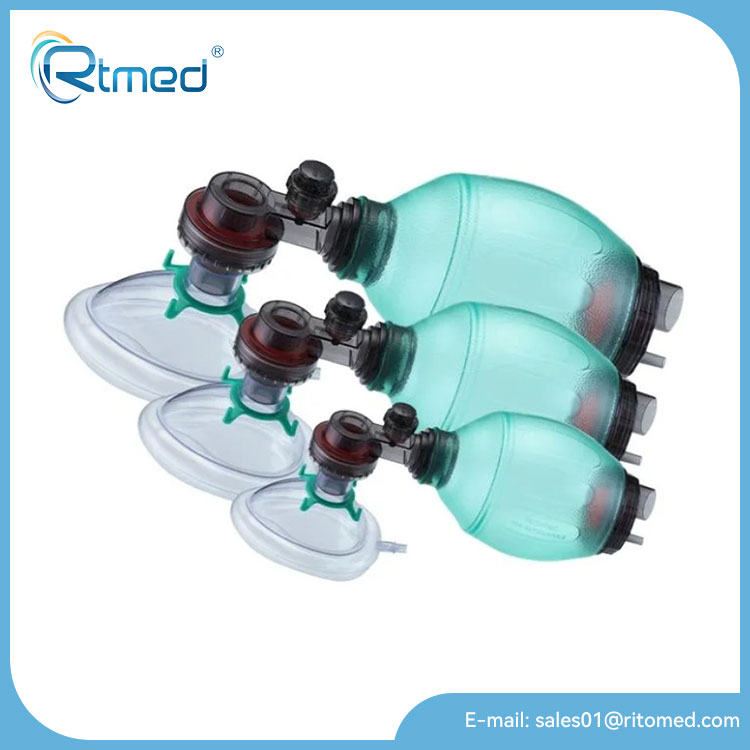Understanding the Manual Resuscitator – A Lifesaving Medical Tool
2024-12-17
Introduction
In emergencies, where every second matters, medical devices that aid in saving lives are indispensable. One such vital tool is the Manual Resuscitator, commonly known as an Ambu bag. It plays a key role in providing essential ventilation support to patients experiencing respiratory failure or distress.

What is a Manual Resuscitator?
A manual resuscitator is a hand-operated device designed to deliver positive-pressure ventilation to a patient who is not breathing or struggling to breathe. It consists of:
- Self-inflating bag: Rebounds after being squeezed to refill with air or oxygen.
- Valve system: Ensures unidirectional airflow.
- Mask: Covers the patient’s nose and mouth to provide ventilation.
Healthcare providers or trained individuals manually compress the bag to push air into the lungs, ensuring oxygenation.
Where is it Used?
Manual resuscitators are used across a variety of medical settings, including:
1. Emergency Rooms: For immediate respiratory support during cardiac arrest or trauma.
2. Ambulances: Pre-hospital care during patient transport.
3. ICUs: Temporary support when mechanical ventilators are unavailable.
4. At Home: For patients requiring emergency backup ventilation.
Why is the Manual Resuscitator Critical?
1. Simple Yet Effective: It does not rely on electricity or batteries. A manual resuscitator can be operated anywhere, making it ideal for emergencies.
2. Portability: Lightweight and compact, it is easily carried in ambulances or emergency kits.
3. Versatility: Can be used for infants, children, and adults with interchangeable masks.
4. Cost-Effective: Compared to mechanical ventilators, it’s a budget-friendly solution for short-term ventilation.
Key Steps for Proper Use
1. Ensure Proper Mask Fit: The mask must create an airtight seal over the patient’s face.
2. Attach Oxygen Source (if available): Connect the bag to an oxygen cylinder for enriched airflow.
3. Ventilate at the Correct Rate:
- Adults: 10-12 breaths per minute.
- Infants/Children: 12-20 breaths per minute.
4. Monitor Chest Rise: To ensure air is reaching the lungs effectively.
Conclusion
The manual resuscitator is a simple yet powerful device that saves lives when used correctly. Whether you are a healthcare professional or part of a first responder team, understanding how to operate this tool can mean the difference between life and death. Always ensure it is included in emergency medical kits and ready for use.


